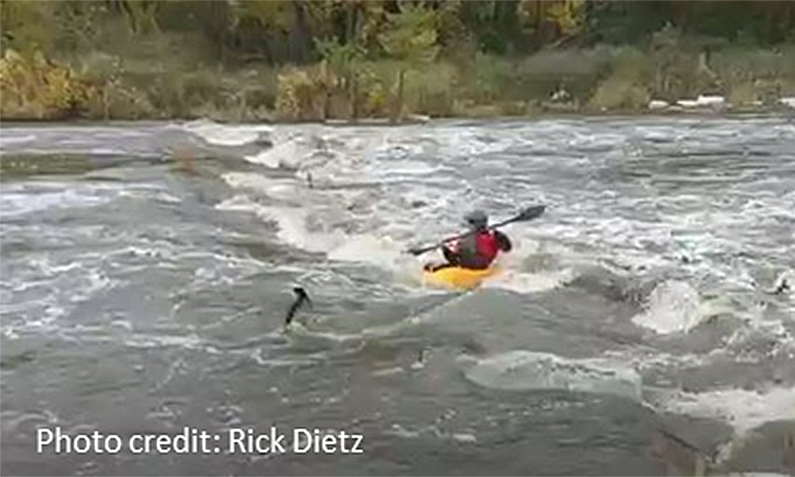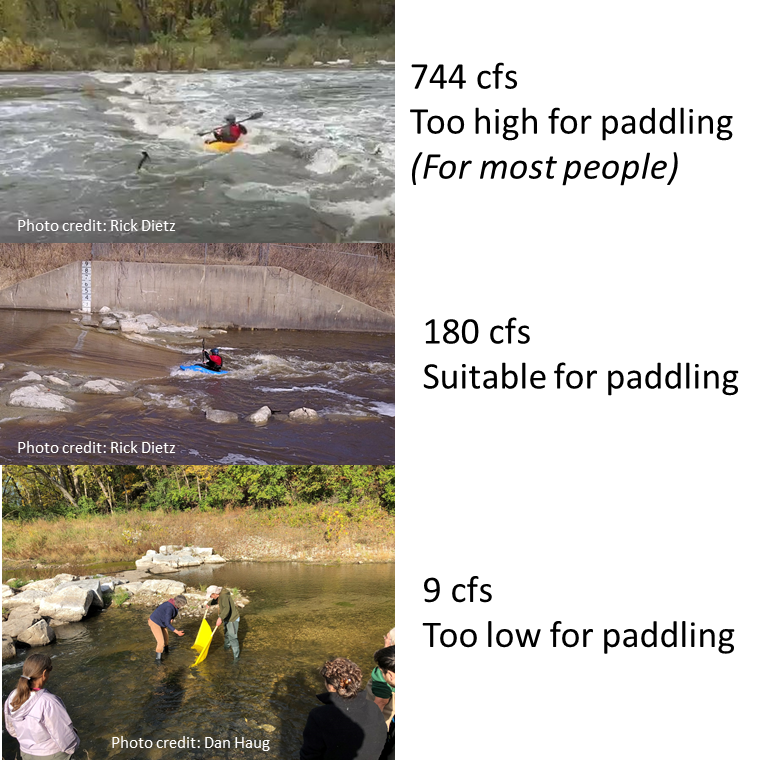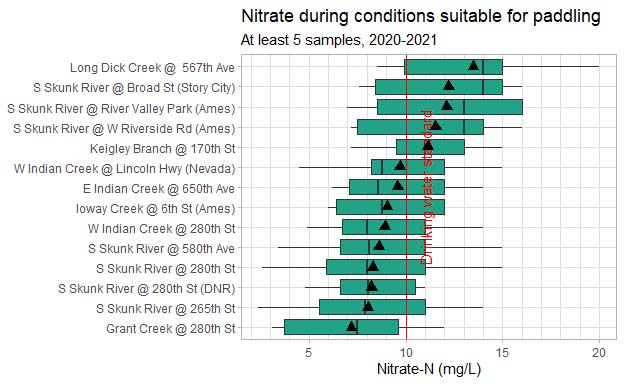
Making Sense of Water Quality Data – A Paddler’s View
Later this month, we are releasing a report with the findings from Story County’s 2021 water monitoring season.
In some ways, 2021 was an unlucky year to launch a water quality monitoring program. Story County was in drought conditions for much of the year, and smaller streams were frequently dry when we did our monitoring routes.
In some ways, it was an ideal year to launch a monitoring program, because weather always has an influence of water quality and the challenging conditions in 2021 forced us to better account for it.
For the report, this means asking a simple question: “was there enough water to float a canoe on the day you sampled?”
When the South Skunk River is too low for paddling:
- Not much water (and not much nitrogen and phosphorus) reaches the Gulf
- “Hot spots” for nitrogen and phosphorus are below wastewater treatment plants
When the South Skunk River rises high enough for paddling:
- “Hot spots” for nitrogen are in the Headwaters of the South Skunk River Watershed upstream of Ames, as shown in the graph
- E. coli levels upstream of Ames (and Ioway Creek) get worse but still meet the standard
- E. coli levels downstream of Ames (and Ioway Creek) get better, but still exceed the standard
If I had less curiosity and more sense, I would have written a short report: “great job everyone! We collected a lot of data. Here it is! It’s possible that drought had an influence on water quality.” This was more work, but I hope you get more out of it.





